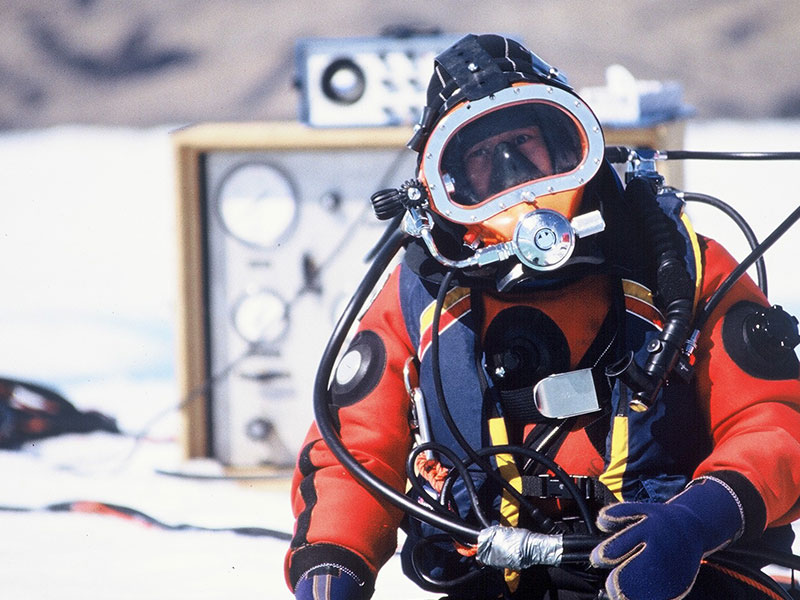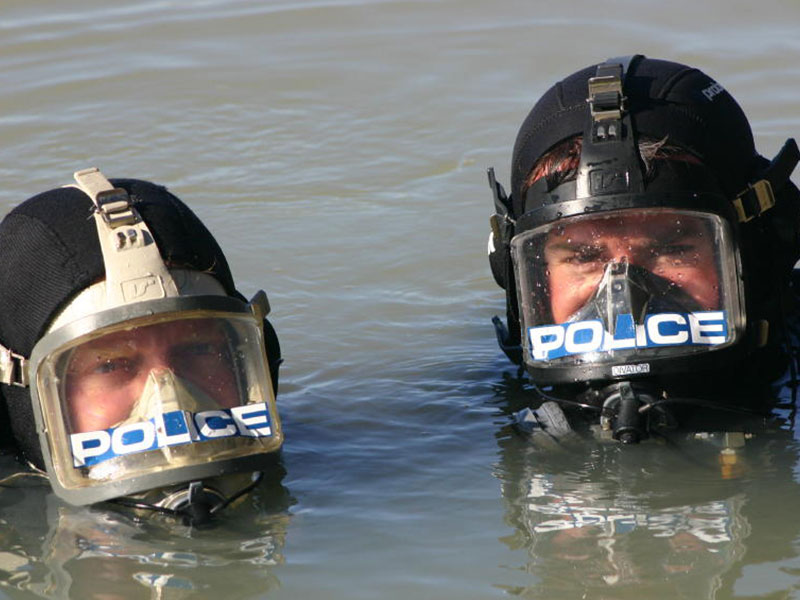Course Overview
The ADAS Trainee Offshore Supervisor (either Air or Air & Bell) is a diver who has satisfactorily completed the SSBA to 50m onshore supervisor modules (designed to comply with this scheme) and who is gaining relevant offshore supervisory experience (including such advanced training as may be required by ADAS) prior to sitting the ADAS theory examination(s) and subsequent formal appointment as an Offshore Diving Supervisor.
The ADAS Trainee Offshore Supervisor course (either Air and/or Air & Bell) is designed for the offshore diver who also holds the SSBA to 50m supervisor certification and has relevant Offshore Supervisor skills and knowledge, to commence gaining the requisite offshore industry experience under the close supervision of an appropriately qualified supervisor.
Course Standards
This course goes part way to meeting the requirements of:
- AS 2815.5 – Dive Supervisor
- Trainee Offshore Air: Partial completion of Diploma in Hyperbaric Operations (Offshore diving supervision). National Qualification Code: 11038NAT.
- Trainee Offshore Air and Bell: Partial completion of Diploma in Hyperbaric Operations (Offshore diving supervision). National Qualification Code: 11038NAT.
Note: If you study at an ADAS training establishment outside of Australia you may not be eligible for these Australian Qualifications Framework diploma. The ADAS licence, however, is issued at all ADAS training establishments.
- All ADAS schools teach to the ADAS standard, this means that graduates of non-VET accredited schools may apply to ADAS for a VET qualification through a Recognition of Prior Learning (RPL) process. Contact ADAS for more information about this process.
Student Prerequisites
Trainee Offshore Supervisor Air
Before applicants commence ADAS Trainee Offshore Air diving supervisor training, the ATE must ensure that the student:
- Is certified as a diver to the level of or exceeding that specified in AS 2815.3 and has a certificate to that effect. [NB: If the student is medically unfit to dive, he/she may undertake this training provided it is not more than three (3) years since their last dive]
- Has demonstrated competence as an offshore air diver in accordance with the ADAS Competence Assessment Standard and has completed 100 offshore commercial dives. In meeting this requirement, candidates may claim recognition of up to 40 onshore Part 3 SSBA dives provided such dives are run under offshore conditions including full air spread and recompression chamber onsite
- Holds either a recognised current Diver Medic Technician certificate or a current First Aid certificate from an accredited training organization (i.e. has been certified within 3 years of the conclusion of the proposed training program) and CPR and oxygen resuscitation skills must have been refreshed within the 12 month period prior to the conclusion of the training program. The student‘s First Aid qualifications must meet the competency requirements of AS/NZS 2299.1 Occupational diving operations standard operational practice.
- Is able to demonstrate sufficient maturity, leadership and management skills through supply of a letter (using the ADAS form letter) of suitability for training as a dive supervisor provided by a recognized diving employer.
- Has successfully completed ADAS SSBA to 50m supervisor modules (designed to comply with this scheme).
- Can understand written and verbal communication in English and can communicate effectively in English with other persons.
Trainee Offshore Supervisor Air & Bell
Before applicants commence ADAS Trainee Offshore Bell diving supervisor training, the ATE must ensure that the student meets the pre-requisites listed above plus:
- Is certified as a diver to the level of that specified in AS2815.4 and has a certificate to that effect. [NB: If the student is medically unfit to dive, he/she may undertake this training provided it is not more than three (3) years since their last bell dive]
- Has demonstrated competence as an offshore air and bell diver in accordance with the ADAS competence assessment standard and have competed a minimum of 400 lockout hours. If candidates are also qualified as an offshore air supervisor, additionally must have been qualified as such for two (2) years and supervised at least 100 offshore air dives
Competencies
The following units of competency are completed:
Offshore Air – SSBA to 50m
- NAT11038001 Manage people in hyperbaric operations
- BSBWHS414 Contribute to WHS risk management
- BSBWHS411 Implement and monitor WHS policies, procedures and programs
- NAT11006020 Perform underwater work in the construction sector
- NAT11006074 Prepare to work safely in offshore diving operations
- BSBWHS307 Apply knowledge of WHS laws in the workplace
- NAT11038013 Supervise stage-assisted diving
- NAT110038014 Supervise offshore air diving
- NAT11038010 Supervise on site chamber operations
- NAT11038003 Perform duties of dive supervisor in compliance with regulatory framework
- NAT11038004 Apply knowledge of diving physics and physiology to ensure safety
- NAT11038012 Work effectively in a supervisory role in hyperbaric operations
Offshore Bell – Closed Bell
All of the competencies listed above plus:
- NAT11038026 Supervise closed bell diving
Delivery & Assessment
Trainee Offshore Supervisor Air
The minimum course duration is two (2) days, including the course examination.
A Trainee Air Diving Supervisor should have sufficient theoretical, technical and operational experience to be able to carry out duties sufficiently.
The course will include a mandatory Australian Offshore Legislation package. Specific additional legislation modules are required to operate in the UK North Sea, Norwegian North Sea and Canadian sectors.
Trainee Offshore Supervisor Air & Bell
The minimum course duration for is three (3) days, including the course examination but excluding time spent on any optional legislation module(s).
A Trainee Offshore Supervisor Air and Bell should be capable of efficiently running all types of diving operation and of remaining in charge at all times, including emergencies. The trainee should also:
- Able to supervise and have a sound working knowledge of bell launching systems, use of guide wires and weights, cross-hauling, constant tension devices, umbilicals, etc.
- Be familiar with the composition, uses and mixing of breathing gas mixtures and the need for their constant monitoring
- Be able to supervise the operation and control of diving bells, compression chambers and ancillary equipment including the bell mating, trunking and medical lock
- Be familiar with the principles and function of inspired gas and diver heating systems
- Be familiar with all IMCA and other relevant published codes, guidance notes, safety notices and memoranda affecting bell diving;
- Be conversant with all methods of diver evacuation and be able to relate them to a particular work site, both in respect of divers in a diving bell and dives under pressure in a decompression chamber.




